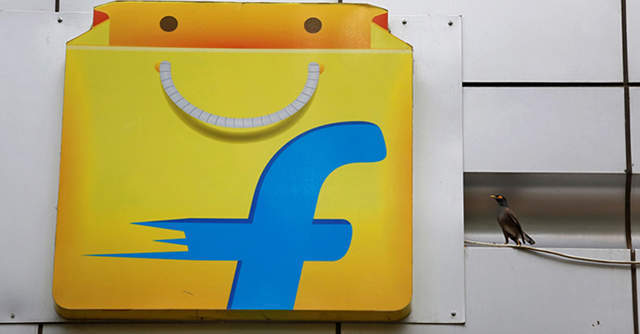
Pent-up lockdown demand, recovering salaries boost ecomm festive sales


Despite the Covid-19 pandemic, consumer buying preferences haven’t changed much during this year’s ecommerce festival sales. Like previous years, mobile phones, consumer electronics and fashion continued to drive online sales at Flipkart and Amazon, which kicked off their mega sales on October 16 and October 17, respectively. As most people adapted to working from home (WFH), the furniture category also saw a surge in demand for home office furniture.
Notably, the long drawn lockdown seems to have whetted consumer appetite for shopping. Both ecommerce platforms, along with others, saw a surge in volumes across categories. The surge may also be partially attributed to most offline retailers remaining largely non-operational or moving online.
A recent Facebook report said that a large section of people expected to recover income or savings lost during the lockdown by Diwali, which falls on November 14, and have been waiting for the festive season sales to make purchases they had delayed during the lockdown.

Flipkart, Amazon see record sales on first two days
In the first two days of the sales, Flipkart sellers saw the same amount of growth that took six days during the last season. Nearly 60% of the platform’s demand came from Tier-3 cities and rural towns during the initial days of the sale. Meanwhile, Amazon said it saw more shoppers and sellers than it did during the same period of sales conducted over the last few years. The company received 66% of its orders from non-metros during the first two days of its sale.
Smaller players too see surge from tier-II cities and beyond

Snapdeal, which competes against Flipkart and Amazon with a focus on value-focused customers, also said it saw significant participation from buyers and sellers from small cities during its festive sales. About 70% of its orders were fulfilled by sellers operating from locations beyond the top 5 metros.
More than 100 orders every second, millionaire sellers up 1.5X
Walmart-owned Flipkart’s Big Billion Days sale, which ended on Thursday, saw over 666 million visits on its site and app, of which over 52% were from Tier III cities and beyond. As many as 110 orders were placed every second. The company said 10 million of these orders have already been fulfilled.

This time around, Flipkart saw 1.5 times more transacting sellers than last year. Amongst these more than 35% garnered three times more sales compared to Big Billion Days 2019. The number of millionaire sellers on the platform shot up by 1.5 times.
Along with millionaire sellers, small sellers also witnessed significant growth. Out of more than 35% new sellers this sale, 60% were from Tier II and Tier III cities. The number of artisans and weavers selling Indian handlooms and handicraft products grew seven times in comparison to the last year. Handloom cotton sarees and home decor were the top-performing categories for these sellers.

What people are buying
In the Flipkart sale, the premium category of smartphones saw a 3.2 times growth, with leading brands such as Samsung, Google, and Apple driving sales. Realme grew two-fold while POCO sold more ‘phones than it did throughout 2019.
Apart from mobile phones, consumer electronics saw 2X year-on-year growth, with laptops, desktops, audio products being the top sellers.

In fashion, customers from Tier II+ markets grew by 51% over last year and more than 16 million products were sold by 40,000+ unique brands and labels. Puma, Saara, Adidas, and Nike were among the top sellers. Meanwhile, for large white goods appliances, more than 50% of the orders were placed from Tier III cities. Among other categories, WFH furniture drove the growth in the furniture category while the category of beauty, general merchandise, and home products saw 100% growth over last year’s sale.
Digital payments
In addition to cross-category growth, Flipkart also witnessed an increase of more than 55% in digital payments for Big Billion Day sale orders. This, coupled with bank offers, helped customers save 1.6 times more than last year. For businesses, the company ran offers across Flipkart Wholesale digital marketplace and Best Price cash-and-carry stores and helped over one lakh retailers reap up to 60% savings on merchandise in categories like packaged food, apparel, footwear, home care, personal care, electronics, and appliances.

Myntra registers 100% growth in order volumes
Flipkart-owned fashion marketplace Myntra registered a 100% year-on-year growth in volume during the Big Fashion Festival.
The platform witnessed 5.67 million orders across categories, with about four million shoppers -- 51% of whom were women -- buying 13 million items during the sale, which ended on October 22.
Nearly half of the sales came from customers in tier-2 and tier-3 cities, a statement said. Myntra saw over 45 million visitors during the week-long sale, of which one million were new customers, predominantly based in tier 2 and tier 3 cities.
Additionally, men’s jeans and streetwear, along with women’s western wear and ethnic wear were the top-selling categories. Among brands, Biba, W, Libas, H&M, Levis, Jack & Jones, Puma and Nike were the best sellers.
